-
*Astrella.
User deleted
The Secret Life of Dragons - Part Two

The Western Dragon
The most familiar Dragon
The typical Western dragon is a large, scaly creature resembling a dinosaur or a large lizard, living in a cave in wild remote mountains, or hidden away in the deep forests guarding a cache of gold.
This dragon is often little more than a tool, a minor accessory whose main function is to set off the bravery of a gallant knight. The dragon-slayer aquires honour and fame, wealth from the dragon's hoard and his descendants rule the kingdom.
Who is slaying this dragon?
St George and the Dragon
I'm sure everyone knows the story of George, a Roman soldier based in Syria in about the year 300.
George is one of the most venerated saints in the Catholic, Anglican, Eastern Orthodox, and the Oriental Orthodox churches and many tales are told of him. One tale involves a dragon.
This image of St George and the Dragon by Gustave Moreaui s common enough but the man on the horse slaying a beastie was originally Bellerephon.
Bellerephon was the sometime hero who hunted down the Chimera. You can meet him in The Real Story of Pegasus, the Winged Horse. Was the Chimera a Dragon?
Dragons of Britain

Dragons are common in British legend, we see them most noticeably with St George and in King Arthur.
Arthur's father was Uther Pendragon literally "chief dragon", the prophecy of the young Merlin to Vortigern involved dragons and both Tristan and Lancelot are dragon slayers.
Viking raiders in dragon- headed ships spread the story of Nithhogr, the reptilian creature gnawing at the roots of Yggdrasil, the World Tree. They knew how the Midgard serpent lay in the waters that circled the world, biting his own tail.
Celtic dragons are also associated with water and many are pictured as sea serpents with their tails in their mouths.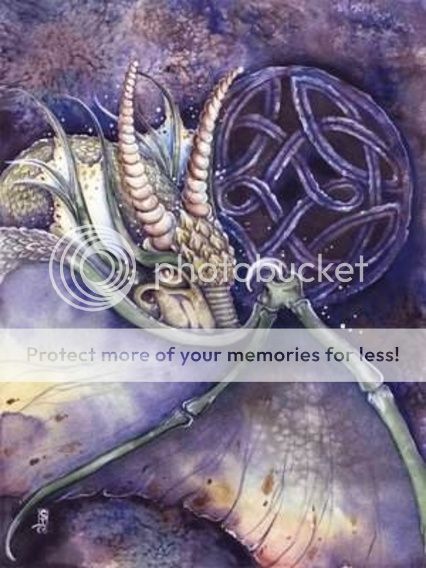
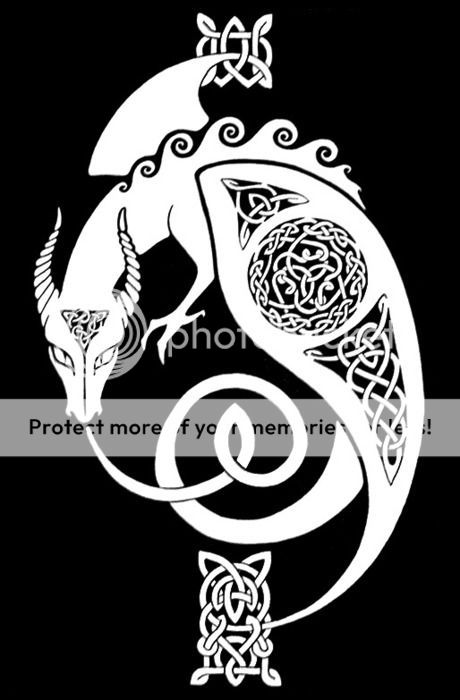
Y Ddraig Goch
The Welsh Dragon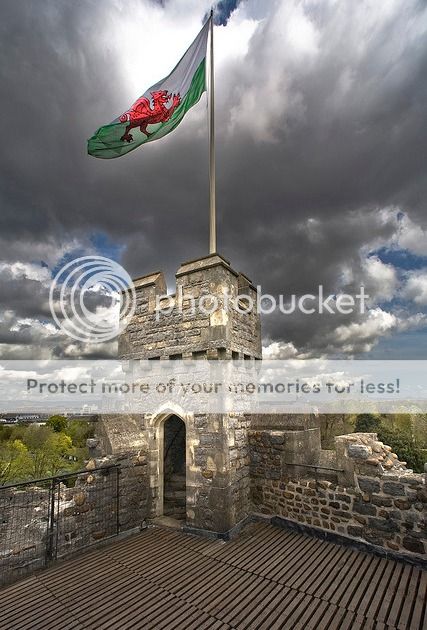
Welsh Dragon, Cardiff Castle - Cardiff
The Red Dragon appears on the national flag of Wales (the flag itself is also called "Y Ddraig Goch").
The oldest recorded use of the dragon to symbolise Wales is from the Historia Brittonum, written around 820, but it is popularly supposed to have been the battle standard of King Arthur and other ancient Celtic leaders.
In Welsh mythology, after a long battle which is witnessed by a puzzled King Vortigern, a red dragon defeats a white dragon.
Merlin explains to Vortigern that the red dragon symbolises the Welsh, and the white dragon symbolises the Saxons - thus foretelling the ultimate defeat of the English by the Welsh.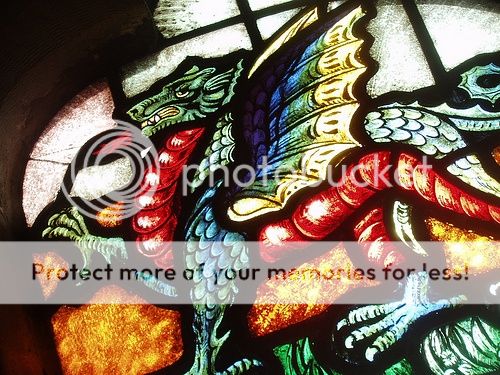
The Lovely City of Ljubljana
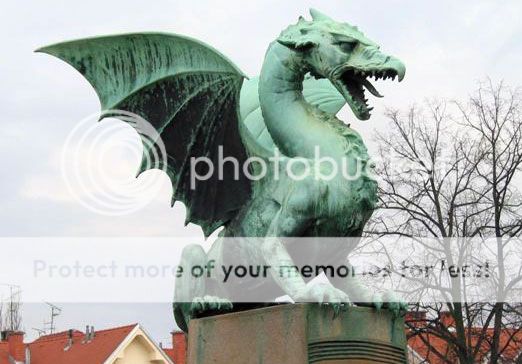
The Ljubljana Dragon, Protector of Slovenia
Lensmaster Daria introduces the historical city of Ljubljana, founded by Jason and the Argonauts.The Eastern Dragon
You have to count the Dragon's claws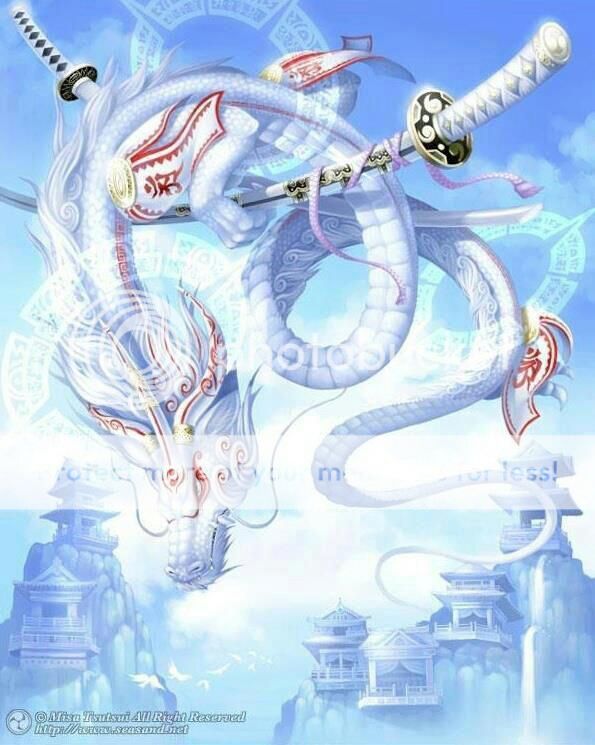
But there's no mistaking the Oriental dragon.
They rarely breathe fire, they call forth great floods instead. They tend to be wise and benevolent, but must be treated with respect as an Eastern dragon has one flaw, his immense vanity. He can cause dreadful natural disasters when offended.
To identify the origin of an Oriental dragon, look at its claws. If it has five claws per foot it probably comes from China. Three claws means Japan, and four claws means Korea.
Chinese legends tells us that dragons originated in China and lost toes as they spread further afield. That's why didn't migrate too far as they would have no toes left.
On the other hand, the Japanese tell us that dragons originated in Japan and grew toes as they travelled. If they travelled too far then they would end up with too many toes!
A Dragon in Australia?
Is the Bunyip a dragon?
Bunyip
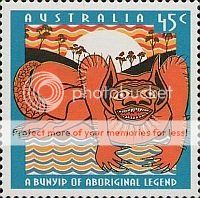
In Australia the Bunyip lurked in rivers, lakes, swamps, and billabongs - former parts of rivers left behind when the course was altered.
Bunyips were malevolent towards human beings and caused nocturnal terror by uttering horrible roaring cries and jumping out of water holes to devour unwary animals and people.
In the Dreamtime these water creatures were involved in the great deluge. Some hunters caught and imprisoned a small bunyip, making its mother so angry she flooded the land until it covered everything. Those who managed to escape were turned into black swans.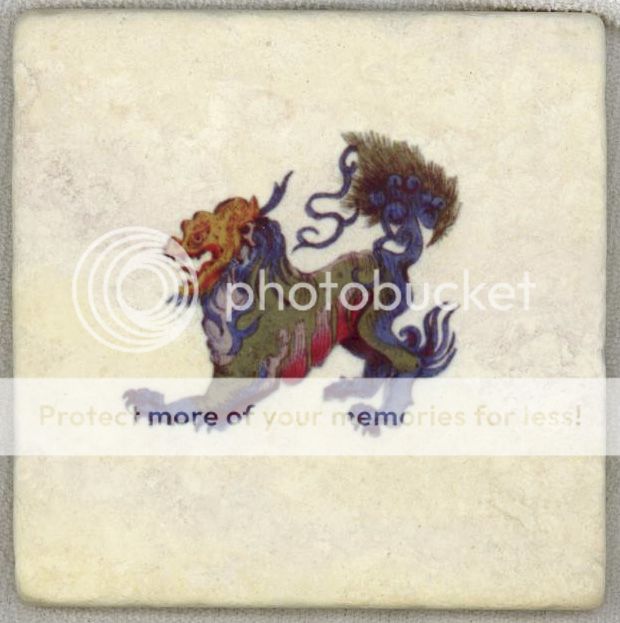
Bunyip
Dragons of Hawaii
Two Dragons still guard Hawaii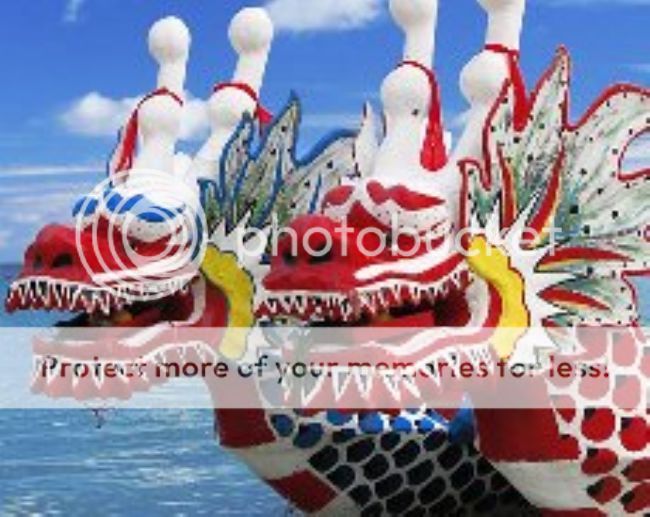
Hawaii Dragon Boat Festival
Dragons are among the ghost-gods of the ancient Hawaiians. Known as mo-o and kupuas, they lived in pools or lakes and could appear as animals or human beings according to their wish. (Kupuas have a strange double body, say the Hawaiians).
Their ancestor was Mo-o inanea, The Self-reliant Dragon, and she figures prominently in the Hawaiian legends.
There were many dragons around Hawaii, like the two who lived in the Wailuku River near Hilo. They were called "the moving boards" and made a bridge across the river. Sometimes they accepted offerings and permitted a safe passage, and sometimes they tipped the passengers into the water and drowned them.
Two dragon-women still guard the precipice at the end of Nuuanu Valley above Honolulu today.
Dragons of Aoteora
The Taniwha is still in New Zealand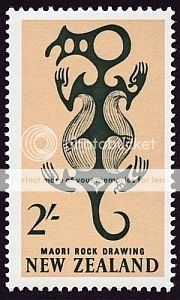
In the ocean and inland waters of New Zealand, hiding in deep pools, rivers, lakes and dark caves, is the mysterious Taniwha.
Although supernatural, in the Maori world view they are part of the natural environment. Taniwha have been described as fabulous monsters living in deep water and often referred to as dragons - many taniwha looked like reptiles, had wings and ate people.
Long relegated to the realms of folklore, these dragons have appeared in recent years as environmental guardians of sites threatened by bulldozer-oriented development.
In 2002, 550km north east of Wellington, a new highway was stopped by a taniwha who objected to the massive roadworks. Freak accidents and unfortunate deaths plagued the scheme until, on advice from the local Ngati Naho people, Transit New Zealand moved the route to higher ground.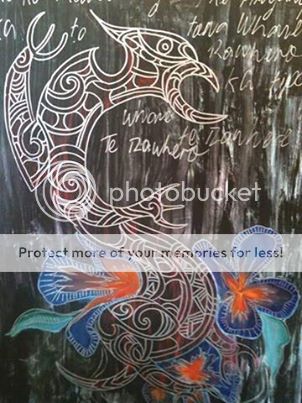
Dragons today
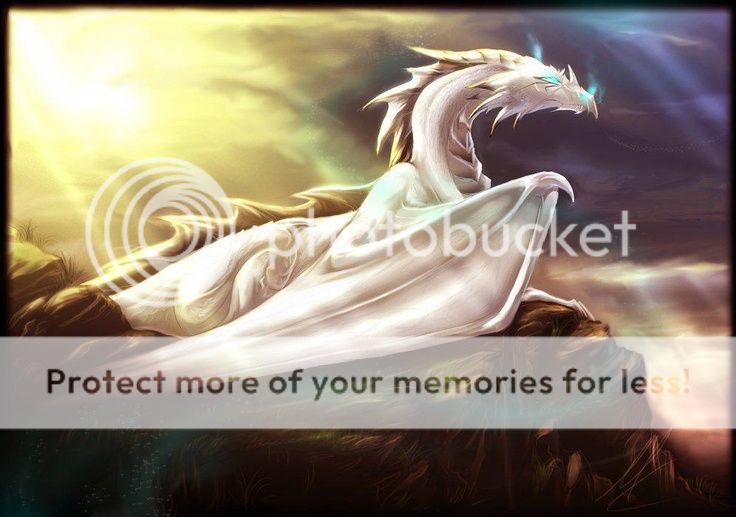
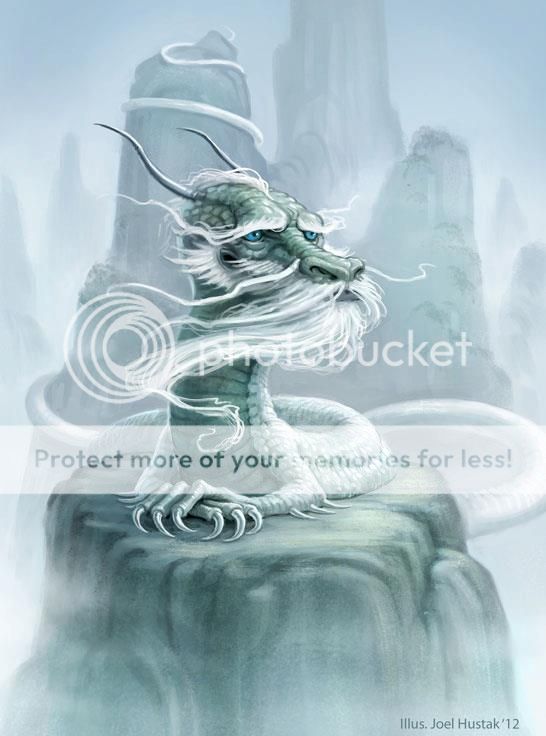
Dragons can be seen today in old traditions and idiomatic phrases. In English we overcome our fears by 'Slaying the Dragon' and the Chinese speak of 'Love of Dragons,' which means professed love of what one really fears.
A Chinese fable tells us why.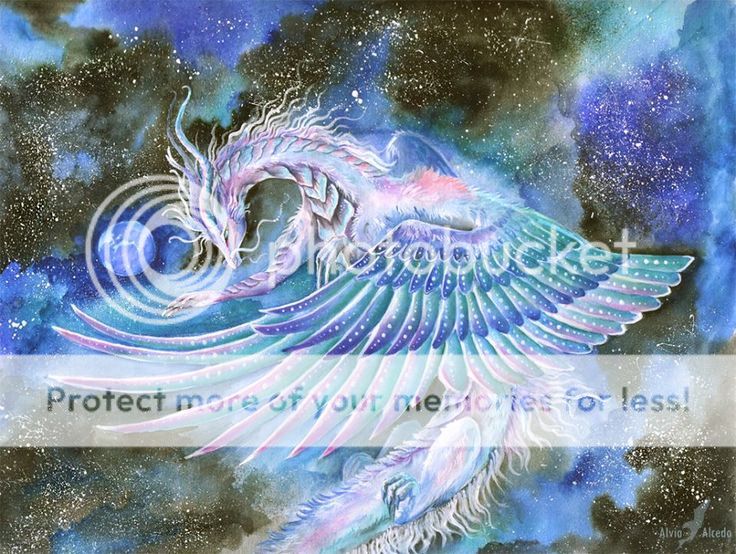
A certain Lord Ye loved dragons deeply. He had dragons everywhere and he was thinking about dragons all the time. His love of dragons moved a real dragon, so the dragon came to visit him one day. When Ye saw the real dragon, he was literally frightened to death.
Fairy Tales are more than true; not because they tell us that dragons exist, but because they tell us that dragons can be beaten.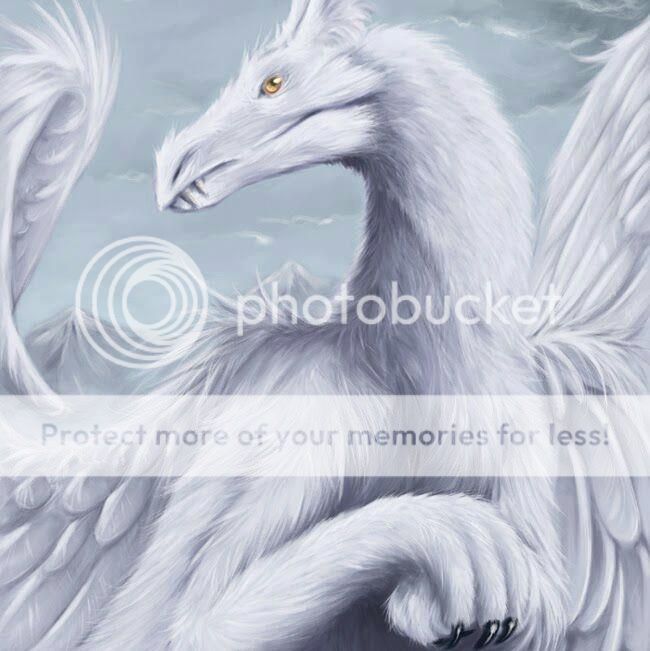

Source: www.squidoo.com/the-magic-of-dragons?.
The Secret Life of Dragons - Part Two20 Settembre 2013 |


